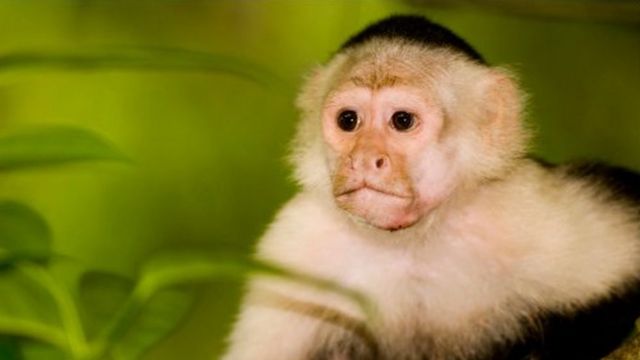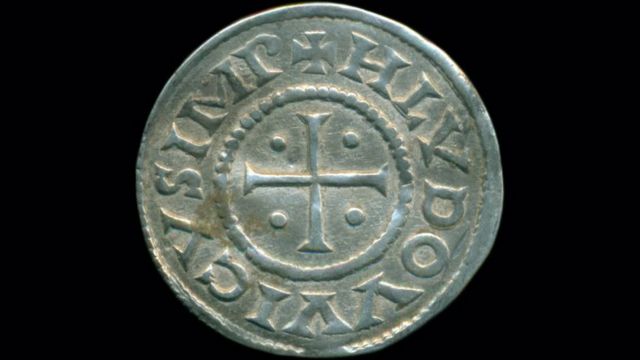The extraordinary individual protection measures adopted worldwide in connection with the coronavirus pandemic have led to a sharp decline in the incidence of common types of influenza, and experts believe that two strains of the virus may even disappear. To explain the mechanism of virus disappearance, it is necessary to understand their classification.
Seasonal influenza epidemics are caused by two families of viruses: influenza A and B. Influenza A viruses are divided into subtypes based on two proteins on their surface – hemagglutinin (H) and neuraminidase (N). Now there are circulating H1N1 and H3N2 viruses in the population, each of which is divided into so-called clades. Type B influenza viruses are not divided into subtypes or clades, but have two lineages (if you will) – B-Yamagata and B-Victoria.
We explain quickly, simply, and clearly what happened, why it matters, and what will happen next. The number of offers should remain: Episodes End of story. Podcast Advertising.
For example, the H3N2 strain known as 3c3.A and the B-Yamagata lineage have not been registered since March 2020. Unlike the biological diversity of species in nature, the reduction of species or diversification of viruses is a good sign (for humanity).
Every year, several months before the start of the flu season, vaccine development specialists track the strains circulating around the world and try to guess which ones will be the most common (after all, it is not possible to vaccinate against all types of flu – it is too difficult and expensive). So the fewer strains there are, the easier it is to choose and the more likely you are to get the right vaccine. The H3N2 group is particularly diverse, and the reservoirs of this virus have multiplied each year until the pandemic. “In the past, when we made recommendations about vaccines, this virus was always a headache,” says WHO representative Richard Webby. So, he says, the sharp decline in the diversity of this virus has been good news. Webb cautions against getting too excited, however, because the fact that the virus has long since disappeared from official statistics does not necessarily mean that it has disappeared completely.

It is pleasant to feel ourselves as the crown of creation, it is pleasant to think that only we, Homo Sapiens, understand such complex concepts as commodity-money relations, which we have diligently pursued for hundreds of thousands of years (only to now actively fight against globalization). But in an experiment with capuchin monkeys, economist Keith Chen and psychologist Laurie Santos of Yale University showed that the concept of money is not foreign to primates. Moreover, they quickly understand how to use it. “Capuchins have a tiny brain, and it is focused on sex and food,” Chen and Santos wrote in their scientific paper. “A capuchin can be characterized as having a bottomless stomach, you can feed it all day until it vomits, and then it will immediately come back for more.” In fact, it was these selfish and primitive impulses that the scientists used in their experiment, having previously taught the monkeys to “buy” grapes, apples, and other treats. And while the economist studied the motivations, the psychologist focused on the primates’ behavior.
The token was a silver circle with a hole in the center. For several months, the monkeys were trained in the skills of buying and selling, and after the capuchins realized that they could buy something tasty with the token, each monkey was given 12 tokens for pocket money, leaving them the right to choose which food (at different prices) to spend them on. As a result, it turned out that monkeys understand perfectly what the price is for, and even estimate their budget in their minds. And when a promotion was organized to reduce the price of jelly beans, so that for the same amount of money you could buy more jelly beans than grapes, the monkeys reacted exactly according to the laws of the market. In the next stage, the capuchin monkeys were trained in the basics of gambling, and they began to make the same irrational decisions as compulsive gamblers. According to Chen, this made the monkeys statistically indistinguishable from the majority of investors and stock market participants. But did the capuchins really understand the value of money, or were they acting thoughtlessly just to get treats? When the researchers cut the cucumber into “money”-shaped circles that resembled capuchins instead of regular cubes, one of the monkeys thoughtfully chewed on its slice of cucumber and immediately returned it to the humans, hoping to buy something tastier with it. There was even theft. And although none of the monkeys tried to hoard tokens beforehand, all of them, without exception, wanted to get more tokens than they were supposed to. And when a cunning capuchin managed to grab a whole tray of tokens and escape, there was such a commotion in the enclosure as if robbers fleeing from the police were throwing money from a bag onto the road. The concept of money implies that you know you can spend it on goods and services. So the researchers made another interesting observation: during the same story with the stolen token box, one of the monkeys decided to pay for sexual services with tokens, and the “prostitute” immediately used the proceeds to buy grapes. In general, when money is available, monkeys can figure out how to use it without any cues.

A hoard of 118 silver coins, some 1200 years old, discovered in northeastern Poland may very well be part of the ransom paid by the Carolingian Empire to the Vikings to keep their capital, Paris, in peace. The Carolingian dynasty was founded by the Frankish king Charlemagne (also known as Charlemagne) and extended over the territory of modern France, Germany, Switzerland, and northern Italy in the 8th and 9th centuries. So far, only three such Carolingian coins with a characteristic Latin inscription and a crucifixion image in the center have been discovered in Poland. Archaeologists do not yet know if these coins were intentionally hidden or lost, as it was a deserted wilderness at the time and no signs of ancient habitation have been found nearby.
At that time, the first medieval Polish kingdom had not yet been established, and the Slavic tribes inhabiting this region used mainly silver Arab dirhams paid to them by slave traders from the Baghdad Caliphate. However, scientists do not rule out the possibility that the money came from the trade and crafts center of Truso, near the Baltic coast, where amber, furs and slaves were traded. This is where the previous three Carolingian coins were found. If this is the case, it is not impossible that the money was originally part of the ransom that the Carolingian King Charles II the Bald, grandson of Charlemagne and son of Emperor Louis the Pious, wanted to pay to free himself from the Vikings who were threatening to conquer Paris. Scandinavian raiders often attacked the Carolingian Empire and penetrated deep into its territory. According to the chronicles kept by the monks, in 845 the Viking fleet sailed up the Seine to Paris and besieged the city, which was then located on an island in the middle of the river. Carl the Bald is said to have paid the invaders 7,000 livres – over 5 tons of silver and gold – to save the city from being sacked. “If it turns out that the majority of the coins found were minted in Paris – and some of them are definitely of Parisian production – then it is not excluded that this is indeed part of the ransom,” says archaeologist and numismatic expert from the University of Warsaw, Mateusz Bogucki, “but it is still too early to say this with complete certainty.”

